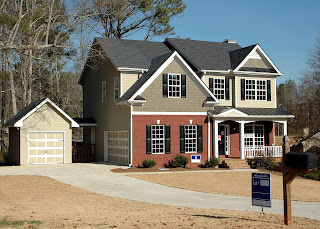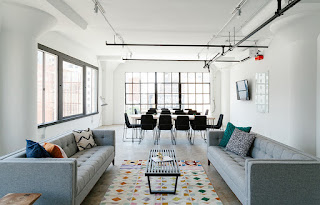Things You Should Consider When Choosing Your Home's Exterior Painting Palette
Living
in an old neighborhood with no homeowners’ bylaws or association means having
no regulations that govern exterior paint colors. Many at times, it is an excellent thing. And recently, painting homes with a shade of green has been
quite popular, which attracted the stares, but not the flattering ones.
Unlike
interior color shades, exterior hues may affect the whole street, and that
is putting too much pressure on homeowners when selecting a palette. Additionally, some factors come into play that
you do not have to bear with, like Hardscaping,
Landscaping, roofing and more in a house. Use these tips to select a color
scheme that works for both your style and home’s surrounding.
Focus
on the elements that are most difficult to change. If you are not completely renovating the house, surfaces like tiles
or roofing shingles, pathways, stonework,
and driveway will not be tampered with.
Have that in mind as you choose exterior colors.
Look
for undertones that may inform your palette. Are they warm or cool consider color shades that will tie these
fixed aspects together harmoniously?
Consider your home's
architectural design and era. Whether you have a midcentury ranch or craftsman
bungalow, your exterior color shade should be appropriate to the design.
Numerous
paint manufacturers have collections of
historically precise colors, which are excellent springboards and can
additionally consult a specialist who specializes in this field. You do not
have to adhere strictly to historical
guidelines unless your neighborhood code specifies
otherwise.
Think
of your desired visual effects. Evaluate your home's
location, is it amid a cluster of large towering trees? Alternatively, sits
back from the road? You may select a brighter or lighter color for it to stand
out. On the other hand, a darker shade can make it look receding.
Select
three or more various shades of paint. An exterior scheme had three main parts:
trim color, applied for doors and window casing, railings, roof edging and
other trim work; accent color, that brings smaller areas to life; field color
that dominates.
Generally, the field color should strongly contrast
with the trim color. If your primary
color shade is dark, consider a pale shade. A light field color can appear
uncertain with a darker trim producing a crisp,
dramatic effect. Feel free to try bold colors with accent colors without going overboard.
Many
major paint brands provide preselected color palettes, which eliminate
guesswork when coordinating an exterior scheme. A
professional paint specialist can help you come up with a blend that is
unique and attractive.
Do not
only depend on paint chips. Like interior shades, exterior colors vary from the
way they appear on the chip. Painting a residential exterior surface demands that you get it right
the first time.
Buy
some paint and try it on a hidden surface of your space. Study it periodically
under varying weather conditions to observe how it changes with the light. Road testing is ideally the only way of
finding out if you bee is happy with the outcome.




These kinds of proposals are exceptionally helpful to me. You are giving acceptable information about painting. I trust everybody will appreciate this article as much as me. Much obliged to you for offering this to us. Kilim Rugs
ReplyDelete